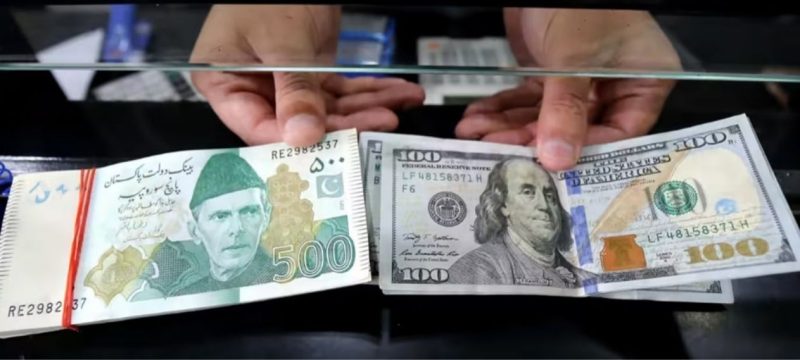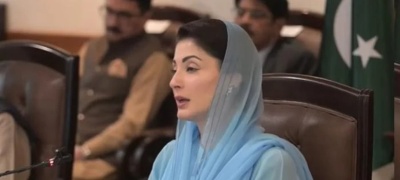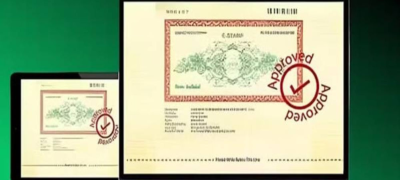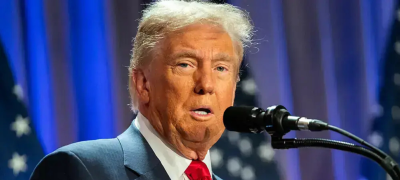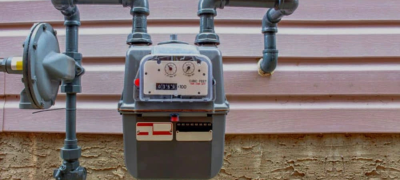The Pakistani rupee (PKR) registered a marginal improvement against the US dollar in the inter-bank market on Wednesday, signaling renewed stability amid assurances from the government and the State Bank of Pakistan (SBP) that no major depreciation is expected in the near term.
At the day’s close, the local currency settled at Rs. 280.96, gaining Rs. 0.01 against the greenback. On Tuesday, it had closed at Rs. 280.97, marking its highest level in nearly six months.
In the open market, exchange companies quoted the US dollar at Rs. 281.05 for buying and Rs. 282.05 for selling, reflecting a tight spread and stable sentiment.
PKR Performance Against Major Currencies
The rupee displayed mixed performance against other major global currencies:
- Euro (EUR): Appreciated by Rs. 0.72 (0.22%) to close at Rs. 326.71.
- British Pound (GBP): Strengthened by Rs. 3.29 (0.88%) to close at Rs. 371.18.
- Swiss Franc (CHF): Rose by Rs. 1.08 (0.31%) to Rs. 352.52.
- Japanese Yen (JPY): Gained Rs. 0.003 (0.15%) to Rs. 1.8445.
- Chinese Yuan (CNY): Slightly weakened by Rs. 0.007 (0.02%) to Rs. 39.58.
- Saudi Riyal (SAR): Increased by Rs. 0.004 to Rs. 74.92.
- UAE Dirham (AED): Up by Rs. 0.006 to Rs. 76.49.
Outlook and Economic Context
During the current fiscal year (FY26), the rupee has strengthened by Rs. 2.81 (1.00%), though it remains 0.86% weaker year-to-date.
Analysts attribute the rupee’s steady trajectory to the SBP’s tight monetary policy, consistent market monitoring, and improving foreign exchange inflows from remittances and exports. Recent comments from finance officials suggest that both the government and the central bank are committed to exchange rate stability and discouraging speculative trading in the currency markets.
The stability comes as Pakistan continues talks with international lenders to ensure external financing, while efforts to control inflation and bolster foreign reserves remain central to economic policy.
Expert Commentary
Market observers believe that a stable rupee, alongside falling oil prices and improving remittance inflows, could help curb imported inflation and boost investor confidence.
“Confidence in the rupee has improved as both fiscal and monetary authorities align their efforts,” said a senior forex analyst based in Karachi. “However, sustainability will depend on maintaining reserves and controlling import demand.”
Bottom Line
The rupee’s slight appreciation, coupled with official reassurances from the SBP and government, reflects a cautiously optimistic outlook for Pakistan’s currency market. While external pressures persist, current indicators suggest the rupee is likely to remain stable in the short term.
In other news also read about Petrol Prices Likely to Increase from November 1 in Pakistan


